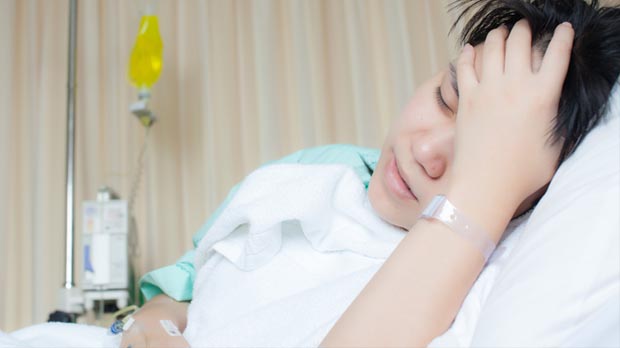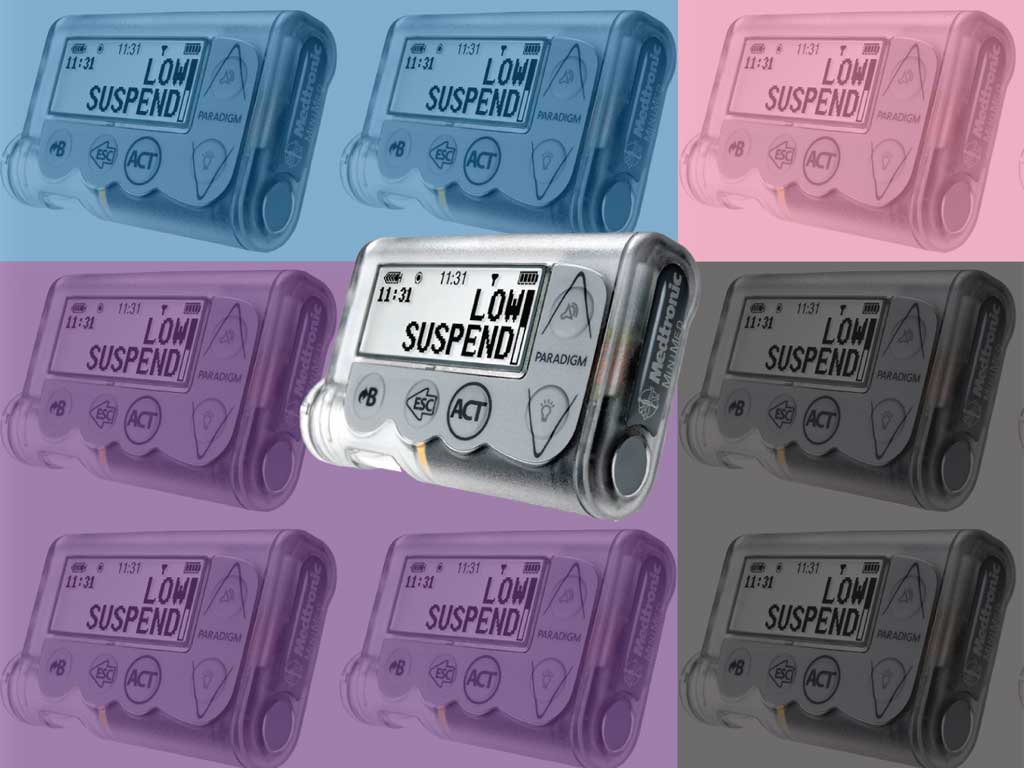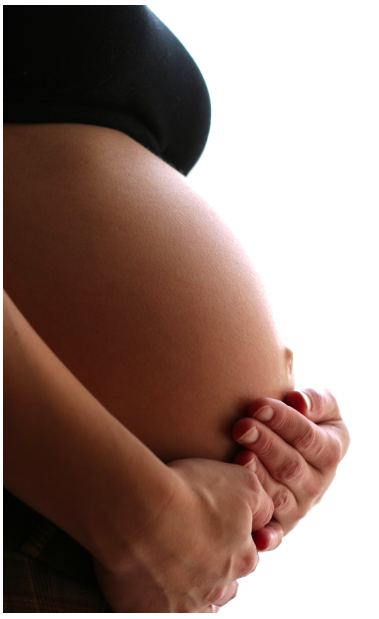The Dangers of Hypoglycemia in the Hospital

It seems incongruous to have to worry about hypoglycemia more during a hospital stay than in daily life, but diabetes specialists warn that people with diabetes who are hospitalized face a greater risk of experiencing hypoglycemic events in the hospital. Those events can set patients back in the healing process, prolong hospital stays and heighten the chance of negative medical outcomes months after discharge, researchers found.
It’s vital that healthcare providers and families of patients with diabetes who are hospitalized be on the watch for hypoglycemic episodes, says Dr. Alexander Turchin, an assistant professor of medicine at Harvard Medical School and a research director at the Endocrinology Division at Brigham and Women’s Hospital.
“Our study showed that patients with diabetes who have hypoglycemia in the hospital are at higher risk for death both while hospitalized and for at least a year after discharge,” says Dr. Turchin in an email interview.
Researchers say a spike in hypoglycemic events at the hospital may be caused by the combination of new treatments, disruption of daily routine and the severity of the illness that hospitalized the patient. In his study, Turchin and a team of researchers examined more than 2,500 medical records of diabetics admitted to the general ward of a teaching hospital in 2003 and 2004, and found that 7.7% of patients had hypoglycemia in an average hospital stay of 5 days. That’s significantly higher than the average population with diabetes on a given week, he says.
“By comparison, even in studies of very intensive blood glucose control, only 16% of patients had hypoglycemia over a 3.5-year period,” says Turchin.
But Turchin says the increased rates of hospital hypoglycemia aren’t necessarily a result of mismanaged hospital care. Patients with diabetes often are admitted into hospitals because their condition may already be serious.
“It does not seem that hypoglycemia is actually leading to the patients’ demise,” he says. “Instead, hypoglycemia appears to be a marker for the severity of illness: the sicker the person (and therefore the higher risk of death), the higher the risk for hypoglycemia.”
A patient’s poor condition when admitted most likely will lead to aggressive treatment and medication, which can increase the risk of hypoglycemia in the process. For example, a patient may take a new diabetes medication in the morning, then develop nausea and not be able to eat anything the rest of the day, which can lead to hypoglycemia, says Turchin.
The disruption of home routines (e.g. changes in diet and activity) could alter how people with diabetes respond to medication, as well. Diabetes is one of the few medical conditions largely being treated at home by the patient, instead of by a medical provider, says Dr. Elizabeth Seaquist, the American Diabetes Association’s president-elect of medicine and science. Treatment during hospitalization, while necessary, can disrupt a medical routine built up over years, and often the patient may not be able to provide the full information of that routine to help healthcare providers understand the ramifications of the new treatments.
“Some drugs can drop blood sugar levels too low, and to control blood sugar, you can’t just rely on meds alone,” Dr. Seaquist says. “Matching meds can be challenging in the hospital because these people are sick and their routines and diets are altered, so it requires a lot of vigilance.”
Fortunately, many hospitals have begun developing protocols to improve the treatment of people with diabetes in hospitals to avoid a spike in hypoglycemia rates, says Seaquist, who also is a professor at the University of Minnesota Medical Center, Fairview. They’re doing more frequent blood sugar monitoring and insulin administration at mealtimes, as opposed to only in response to a single blood sugar level.
“We have to consider all aspects that contribute to blood sugar by anticipating the day’s events, their meals, and other factors,” says Seaquist. “Treatment is becoming much more proactive and individualized.”
The University of Minnesota Medical Center, Fairview established standard treatment protocols for diabetes in 2001. Prior to that, 5.1 percent of patients experienced blood glucose levels below 50 milligrams per deciliter. Since 2006, the rate of patients experiencing blood glucose below 50 milligrams per deciliter has fallen to less than 1%.
Even if a local hospital has such protocols in place, diabetes educators still are advising people with diabetes and their families to make sure that an in-patient care team is aware of a patient’s diabetes and understand how it is treated at home.
Thanks for reading this Insulin Nation article. Want more Type 1 news? Subscribe here.
Have Type 2 diabetes or know someone who does? Try Type 2 Nation, our sister publication.







